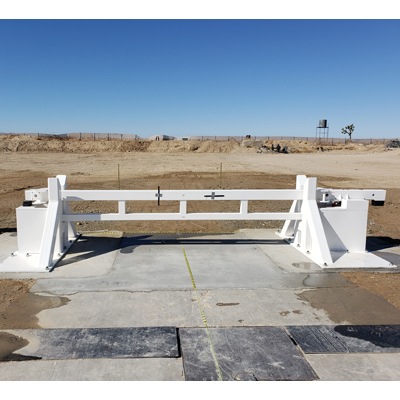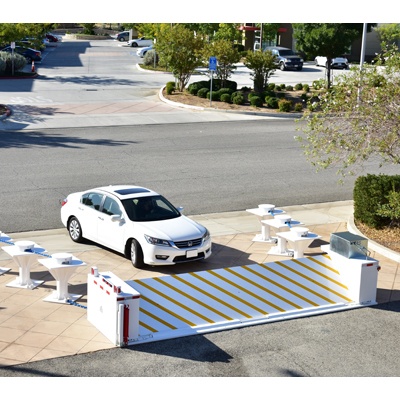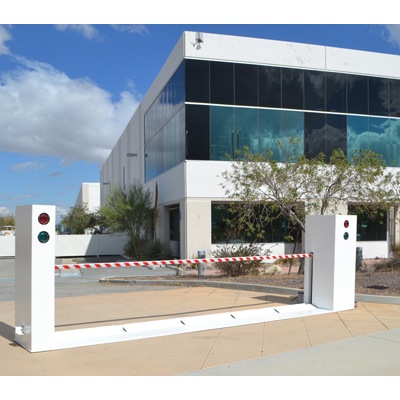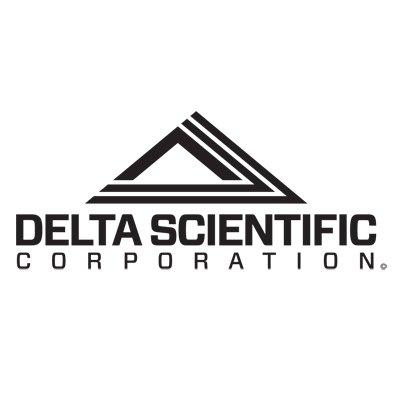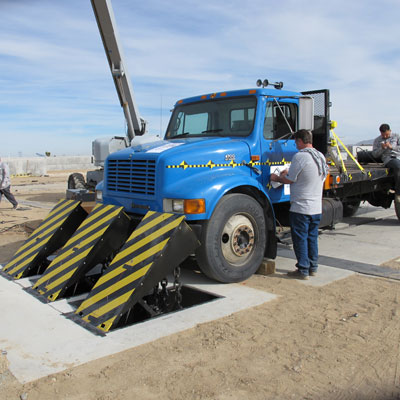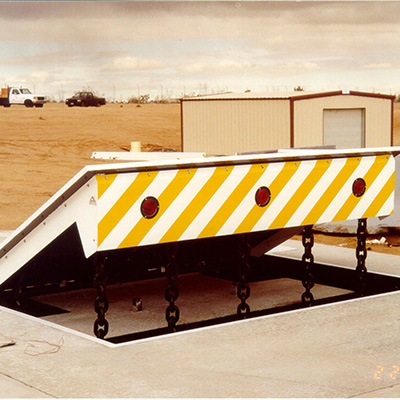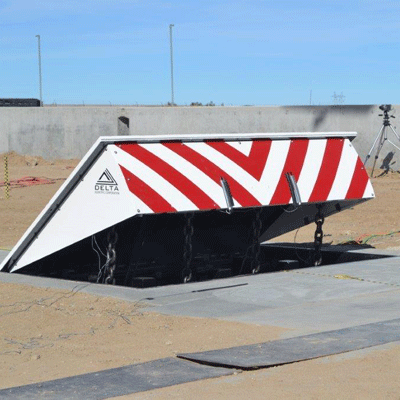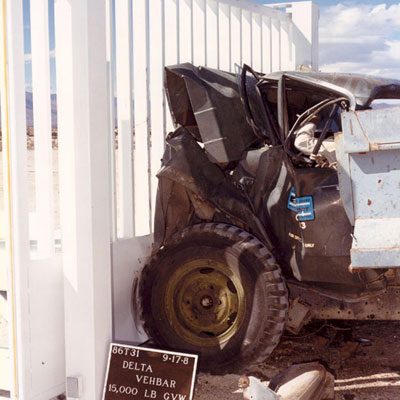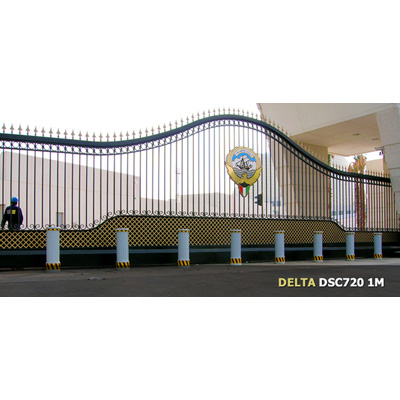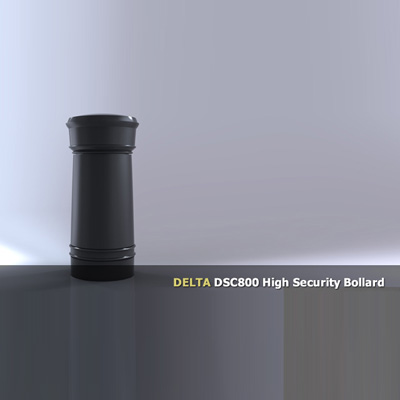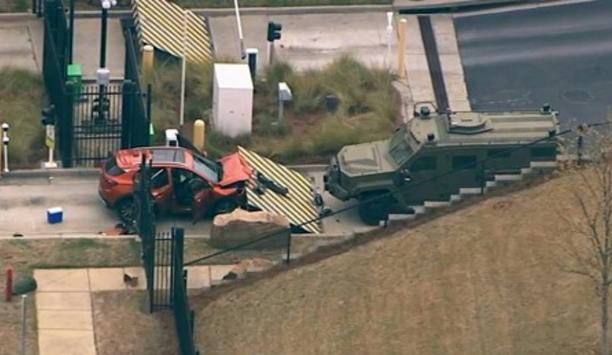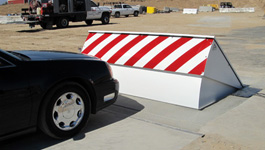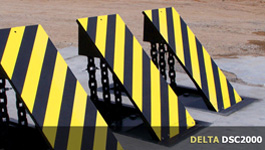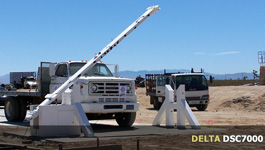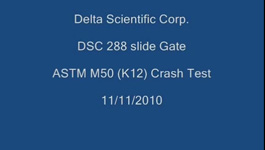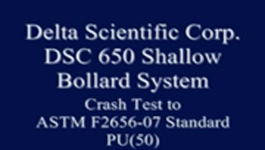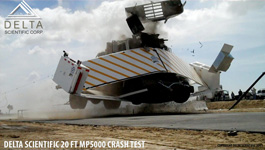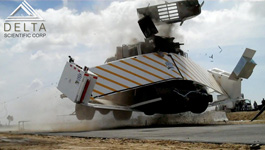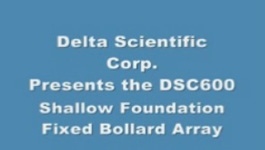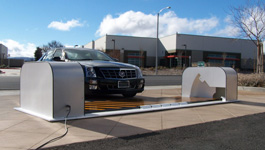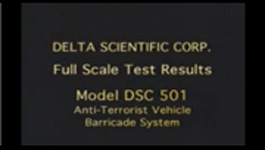
How does technology innovation in security systems impact the skillsets needed by security operators and officers?
Editor Introduction
Going back to the days when we asked our children to program our VCRs, many of us are challenged by the intricacies of technology. However, a benefit of newer inventions such as smartphones and tablets is that they are easier to use and “intuitive” – whatever that means. Security and video surveillance systems are becoming more complex in lockstep with consumer electronics, so we asked this week’s panellists: How does technology innovation in security systems impact the skillsets needed by security operators and officers? Do more complex systems require that personnel have more technical skills? Do more user-friendly interfaces make it easier for even non-technical people to use newer systems?
Fortunately, the rate of innovation and adoption of technology in the consumer market has outpaced physical security. The reason I say that is because today’s console operator grew up with video games and cell phones, so they’re not afraid of technology, and they learn things quickly. Just because the complexity of system functionality is increasing and the amount of data being collected is expanding exponentially does not mean the user experience has to be equally complex. New security GUIs are leveraging interface design that is being developed for mobile devices and large data mining applications like Google Finance. Such GUIs guide end users to what they should be looking at. A good user interface should require little to no training or technical knowledge, and an end user will be drawn to what is important now. For example: an interface for retail business intelligence presents a “Top 10 Most Likely Cashier Offenders,” and if one icon is big and RED, you know to click on it to see the who and size of your problem.
Naturally, as technology advances the security industry needs to keep up, and there will always be a demand for skilled operators and officers. While it is often perceived that security operatives require a full technology skillset, in reality it is difficult to find individuals with a complete knowledge of all security systems. This is a key reason why security manufacturers need to develop systems that are as user-friendly as possible. This helps to lower security operators' training costs and removes a lot of the difficulties in finding staff with exact training or experience in certain systems. The general popularity of smartphones and easy-to-use touch-screen user interfaces (UI) has seen manufacturers such as TDSi look to match these. It’s important to employ software development teams that appreciate the need for straightforward UI systems, ensuring security products can be successfully deployed and used in the real world.
Today’s technology innovation must make the assumption that the user community can and will have a large range of skillsets and capabilities. As such, any solution needs to have an effective user experience (UX) that is driven by intuition and that matches the commonly used interface schema of most devices that are widely used today. Systems and solutions are becoming more complex, but that complexity is driven by the need to provide a higher level of capability while becoming easier to use. The concept of having to train an operator to use a system or even provide a training manual is quickly becoming obsolete. The solutions of today and tomorrow must solve problems with minimal operator input, as well as solve problems in a predictive manner that allows security officers to focus on higher value activities.
One of the technology goals for any new security equipment must be providing an easier interface for the operator to leverage the new features of the equipment. An easy example is the use of touch screen monitors that can provide multiple user levels. Instructions are given to the system with a simple touch of a screen in much the same way that airline passengers obtain boarding tickets.
The power of modern technology, when delivered to the Mk.1 Human through a well-designed interface, should increase the number of people able to use such things effectively. Internal complexity can appear as external simplicity. It’s a shame that most interfaces on security products are woeful, designed by coders and boffins ignorant of the wealth of good user experience (UX) practice to which 21st century consumer electronics has beaten a path. Users’ attitudes to grasping new tools is key. Think how every website we visit now needs you to “discover” how its navigation works because clever website coding means nothing can be taken from granted. Does this demand greater technical skills for operators? No, call it 2015 life skills. The digitally savvy (predominantly born after 1990) will find this effortless, so everyone else had better be willing to learn, on the hoof, every day.
Without the use of advanced alarm handling or enterprise command-and-control software applications, the innovation on the security technology side can have a dramatic impact on the ability of security operators and officers to handle even day-to-day alarms and events. As more advanced features, such as video analytics and shot detection, are pushed to the edge, set-up, operation and training requirements also increase. The good news is that central station automation applications and enterprise command-and-control platforms make the transition easier for security operators as the advanced applications are normalised and treated just like another standard alarm. Additionally, training time is reduced as operators are only using a single system to efficiently handle the alarms and events, instead of learning a completely new platform or jumping from one application to another. If you have the right automation platform or enterprise command centre software, the learning curve for operators is insignificant.
Today’s security solutions create better data, and they have the ability to provide business intelligence to drive improved efficiencies and operations. They also present a need for security leaders to possess a higher data acumen in order to extrapolate and decipher this data, as well as to champion the opportunities to leverage this information across the business. This is especially the case for retailers, where omni-channel is increasing the need for a cross-functional approach to the role of security technologies and leadership. Enter the Chief Visibility Officer (CVO), a professional dedicated to monitoring and evaluating the increased visibility into the business that security technologies provide, who can help retailers elevate their enterprise and adapt more rapidly to the needs of their customers. This serves as further evidence of the shift from traditional security technology as a separate entity to an element of a broader business intelligence strategy.
Security officers do not necessarily need to be more technical to operate today’s systems. Today’s officers need to be computer literate, and the more comfortable they are with different software programs, the shorter their learning curve to operate a security system. Millennials are adaptable to operating robust security systems as they grew up with video games, computer systems, tablets and smartphones. It comes naturally to them. However, the more mature security operator can learn systems with proper training provided by the systems integrator. Repetition of using the system and a “can-do” attitude are more important than having a technical background.
Editor Summary
Ironically, as our panellists point out, a benefit of more complex technology is a simpler user interface. Increasingly in our market and others, ease of use is the Holy Grail of technology designers who “get it.” Apparently operators puzzled by the latest technologies represent an inefficiency that can’t be tolerated in today’s enterprises. Manufacturers need to do their part, but in the end, doesn’t interfacing with machines represent a challenge we all must meet as human beings in the year 2015?
Delta Scientific Corporation products
Delta Scientific Corporation news
Delta Scientific, the manufacturer of counter-terrorist vehicle control systems used globally, announced their DSC8000 shallow foundation bi-fold speed gate has successfully achieved an M30/P1 designation with negative penetration. DSC8000 The DSC8000 was tested to the new ASTM F2656-20 standard, which measures the penetration level from the edge of the barrier versus the back-side of the barrier of the previous standard. This can provide a difference of up to five additional feet (1.52...
Delta’s new DSC8000 bi-fold speed gate is designed to fit into tight spaces and allow moderate to heavy vehicle throughput. With an adjustable opening time of 6 seconds, the user's facility can easily handle up to 180 cars per hour. Clear openings up to 24’ can be covered with a dual hinge design where the gate panels meet in the middle. Full-clad panels or DOS anti-climb picketed infills are available to match the architecture of the surrounding facility. The drive mechanism for t...
The Global Security Exchange (GSX 2022) in Atlanta in September 2022 is the latest example of the energetic post-COVID resurgence of security trade shows. On the vibrant show flow, discussions centered on topics such as the security industry’s need for more employees and the lingering impact of a months-long supply chain crisis. Against a backdrop of continuing industry challenges, exhibitors and attendees were diverted by a wealth of new opportunities as the industry rebounded. Several m...
Delta Scientific Corporation case studies
The DSC550 was tested to the new ASTM F2656-20 standard which measures the penetration level from the foremost edge of the barrier versus the back-side of the barrier like the previous standard. This can provide a difference of (1.52 m.) and makes the negative penetration level even more impressive. Design and features The DSC550 open frame barrier features a shallow foundation of only 24 inches (61 cm). The open-frame design additionally provides a unique counter-balance design with no spring...
Delta Scientific, the pioneering manufacturer of counter-terrorist vehicle control systems used globally, announced that on Monday, April 1st, a DSC501 High-Security Barricade stopped an unauthorised vehicle from entering an FBI field facility in Atlanta, Georgia. According to officials, the orange Buick Encore tried to follow an FBI employee’s car into the facility before being stopped by the Delta DSC501 barrier. The driver was then apprehended by special agents who were in the immediat...
The Nation’s Seaports and Airports throughput thousands of people and billions of dollars worth of materials every day. These ports comprise of massive plots of land located amongst densely populated communities. Seaports can see throughput of more than a thousand trucks on any given day, while airports need to accommodate often erratic traffic consisting of support vehicles, fire trucks and heavy equipment. Securing these facilities requires a varied combination of crash rated barriers....
Delta Scientific Corporation videos
Expert commentary
Security beat
Security bytes
- Getting to know Dan Grimm, VP and General Manager of Computer Vision at RealNetworks
- Big wins and the importance of showing up: Insights from SourceSecurity.com editor Larry Anderson
- Setting goals, business travels and radioactivity: Success secrets from Tiandy's John van den Elzen
- Getting to know Jeff Burgess, President/CEO at BCDVideo

| Head Office 40355 Delta Lane Palmdale, CA 93551 USA |










